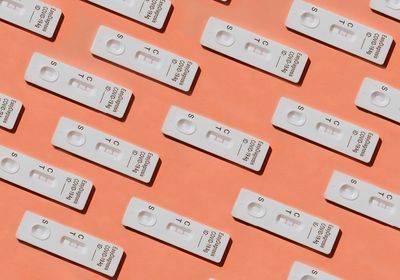Login
Subscribechlamydia
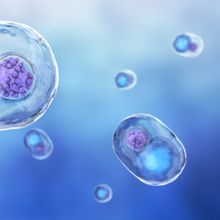
How Chlamydia Guards Itself Against the Immune System
Natalia Mesa, PhD | Jan 2, 2023 | 4 min read
The bacterium produces a particular protein that allows it to sneak past the human immune system even while triggering inflammation.
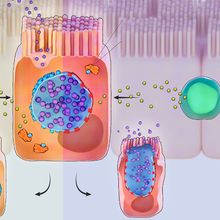
Infographic: How Chlamydia Evades Immune Detection
Natalia Mesa, PhD | Jan 2, 2023 | 2 min read
Chlamydia trachomatis, the bacterium that causes chlamydia, hides from the immune system by cloaking itself in the host cell’s membrane then modifying the membrane’s protein composition.
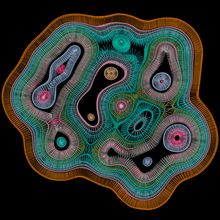
How Intracellular Bacteria Hijack Your Cells
Catherine Offord | Dec 1, 2022 | 10+ min read
Scientists studying pathogens such as Chlamydia, Legionella, and Listeria get a master class in how to control the internal workings of mammalian cells.

Julius Schachter, Renowned Chlamydia Researcher, Dies at 84
Max Kozlov | Jan 12, 2021 | 2 min read
The UCSF microbiologist pioneered investigations into the deadly disease starting in the late 1960s that have led to the near eradication of trachoma, a chlamydia-related eye infection.

Image of the Day: Koala Code
Sukanya Charuchandra | Jul 3, 2018 | 1 min read
Scientists have sequenced the koala’s genome.
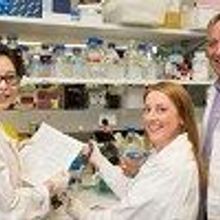
Natural STD Protection for Women?
Kate Yandell | Feb 28, 2013 | 3 min read
An interferon found in the female reproductive tract may help guard against sexually transmitted diseases such as herpes.
